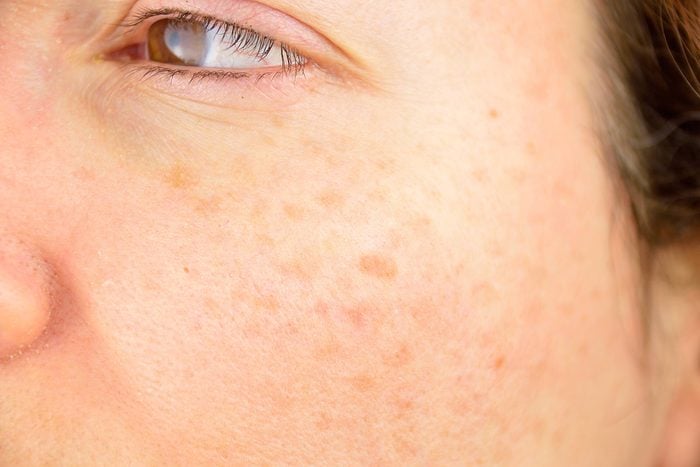
Understand what age spots are
Throughout your lifetime, you’re bound to develop new freckles, moles, and discoloration, including age spots. Your task is knowing what they are and the differences between each. “Age spots can refer to a variety of skin lesions that develop with age and/or cumulative sun exposure,” says Deanne Mraz Robinson,MD, FAAD, and president and co-founder of Modern Dermatology in Westport, Connecticut. “Sun freckles or liver spots are tan or brown, flat lesions on sun-exposed areas,” she explains.
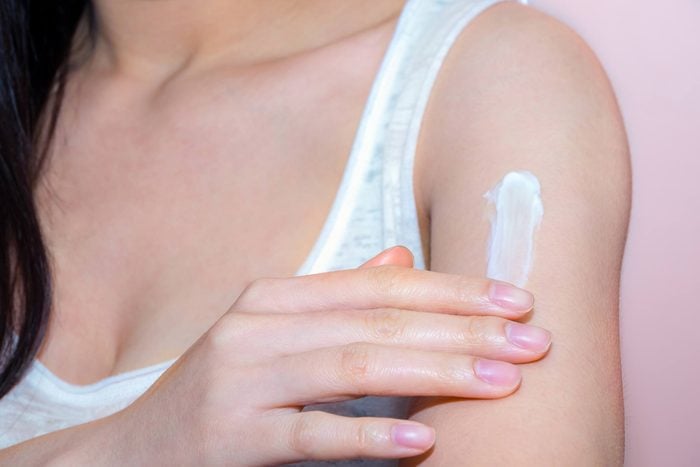
Always take preventative measures
Since age spots directly result from sun exposure, you should always protect your skin from harmful UV rays by slathering on broad-spectrum sunscreen. And if you already have age spots, you can still benefit from daily sunscreen wear because it prevents existing spots from darkening and keeps new ones from appearing. The La Roche-Posay Anthelios Clear Skin Dry Touch Sunscreen is one of the best sunscreens out there, and it’s especially great for those with sensitive skin, as it’s 100 percent oil-free and won’t cause breakouts. It also contains a powerful antioxidant complex to protect against damaging free radicals that can accelerate skin aging. Another smart idea is to invest in sun protective clothing, which make sure you never miss a spot and is easy to pull on when you’re running out the door in the morning to walk the dog or get the kids to school. Solumbra by Sun Precautions has a range of stylish choices, including tops, cover-ups, pants, and hats. Remember that while age spots are most common during your 50s and beyond, they can appear on someone who’s had significant sun exposure as early as the late 20s or 30s, so it’s never too early to start wearing daily sunscreen year-round, even in winter! (Don’t believe us? Check out these six reasons you need to wear sunscreen in winter.)
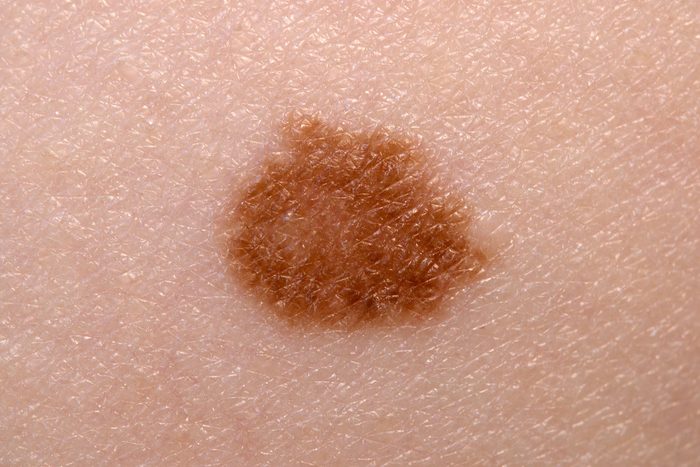
Make sure your spots aren’t malignant
It’s completely normal to notice age spots form on your body as you age, but are they signs of skin cancer the way new moles can be? The scary fact is: Yes, age spots definitely can be cancerous, and therefore require long-term monitoring for any warning signs and changes. “Lentigines (aka age spots) are benign growths that aren’t dangerous,” says Dr. Robinson. “However, if any new spot appears on the skin or a lesion is changing in size, shape, color, or becoming symptomatic in terms or itching or bleeding, it should be evaluated by a dermatologist as these can be signals or skin cancer.” Check out this refresher on how to do a mole check.
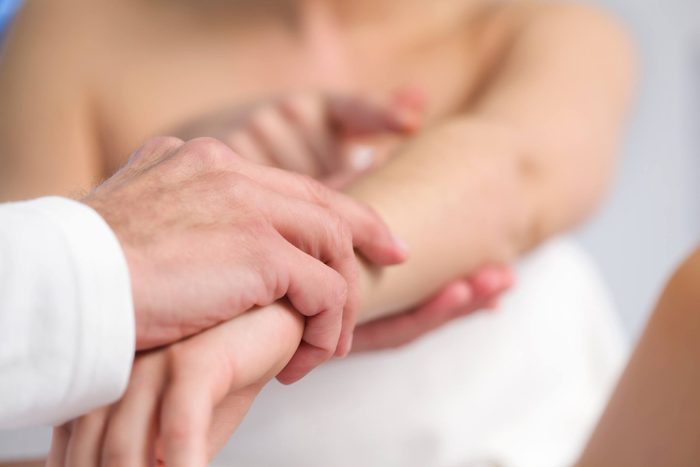
Investigate treatment options
Developing age spots can understandably cause you to have newfound insecurities. Are people staring at the discoloration? Do the spots make you look older than you are? (The answers are no and no. We promise.) But since we’re always our own harshest critic, instead of constantly focusing on them and trying to cover them up with heavy foundation, it can be helpful to explore the many effective treatment options available both over the counter and at a dermatologist’s office. “They [age spots] can be treated several different ways; prescription strength retinol, chemical peels, or laser treatments,” says Julie Russak, MD, board-certified dermatologist of the Russak Dermatology Clinic in New York City.

Try at-home products for lightening
There are some incredibly effective skincare products on the market specifically designed to treat noticeable discoloration, including age spots. A product like Garnier Clearly Brighter Dark Spot Corrector is a good place to start, and it won’t break the bank. It has antioxidants, plus pine bark essence and lipo hydroxy acid to speed your skin cell turnover. For next level help, invest in dermatologist favorite SkinCeuticals Phyto+ Botanical Gel for Hyperpigmentation. It contains kojic acid, derived from mushrooms, a potent skin brightener, plus hyaluronic acid, which makes it soothing and tolerable for even sensitive skin. Experts say LED masks are another great method given their anti-aging benefits.
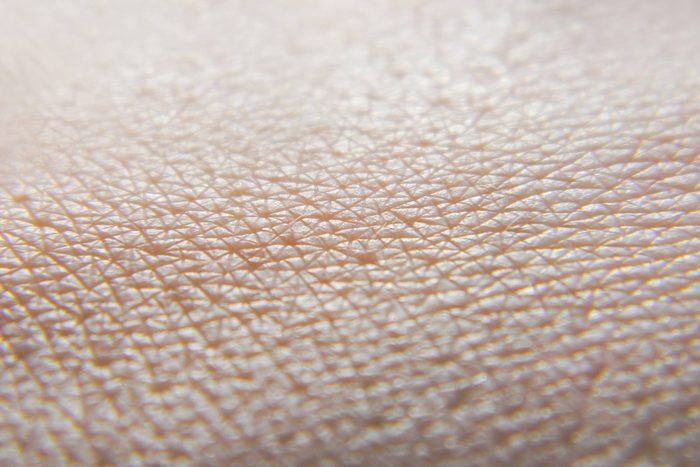
Consider microneedling as a solution
You may have heard of the benefits of microneedling, also called collagen induction therapy, for anti-aging. And, it turns out that it’s also excellent at treating age spots. “Microneedling with platelet rich plasma (PRP) is also a great procedure,” says Dr. Russak. “Microneedling creates ‘injury’ to the skin, therefore tricking the body into healing itself, and creates direct channels for the PRP, which regenerates healthy, new skin tissue,” Dr. Russak explains. “These growth factors then stimulate stem cells within your skin activating new, healthy tissue.” Basically, by doing microneedling, you can intentionally damage your skin on a microscopic level, in order to force new, healthy, and bright skin to regrow.
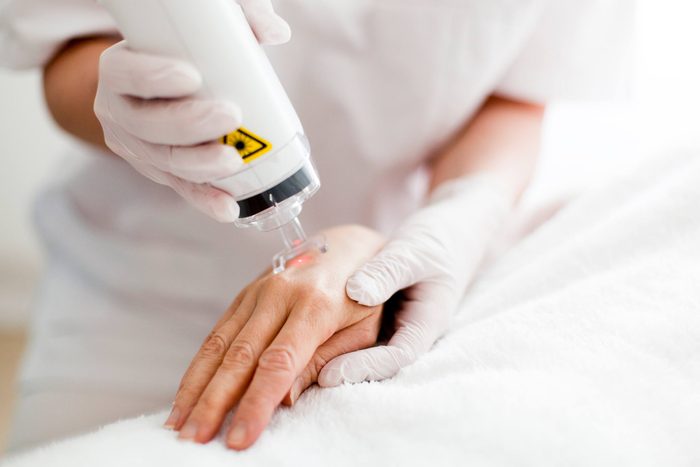
Research if a laser is right for you
There are a range of in-office procedures that doctors use to treat brown spots. For less stubborn spots, Dr. Robinson recommends Intense Pulse Lights (IPL), which is not technically a laser. “IPL is more geared toward destroying red and brown pigment, but has less muscle behind it for the deeper skin remodeling.” For those looking for an all-over treatment, she recommends Fraxel. “I use the Fraxel DUAL which works at two different wavelengths . The laser’s energy creates microscopic columns of injury that penetrate deep into your skin to encourage collagen synthesis,” she explains. “Because it treats only a fraction of tissue at a time, it leaves the surrounding skin intact, which means less downtime and also more precision when treating specific areas like sun spots. Fraxel treatments bring new skin cells to the surface, replacing damaged, discolored skin, making it a great treatment option for age spots.” Find out more about laser types and their differences.
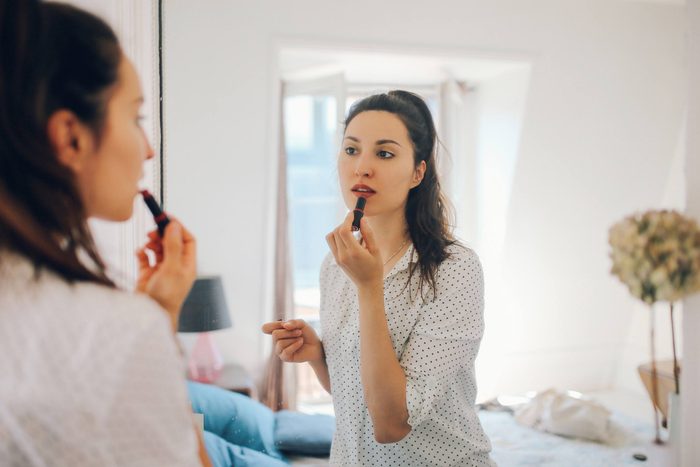
Consider your treatment’s downtime
As much as we all wish we could waltz out of our derm’s office with renewed, perfectly youthful skin, you’ll want to time your treatment so you’re not doing it the day before a big event—or possibly even weeks before, especially if you’re being treated with a fraxelated laser. “There is a little bit of downtime for laser treatment of brown spots,” says Dr. Robinson. “With spot treatment, the brown spots will become crusty and peel off over the course of one to two weeks. Additionally, with IPL or Broad Band light laser treatment (BBL), the brown spots darken like coffee grinds and slowly slough off over the course of one to two weeks.” You’ll also need to return for three to four treatments for optimal results. Finally, your results will be better if you stay out of the sun immediately afterwards, so consider booking appointments in the fall or winter.
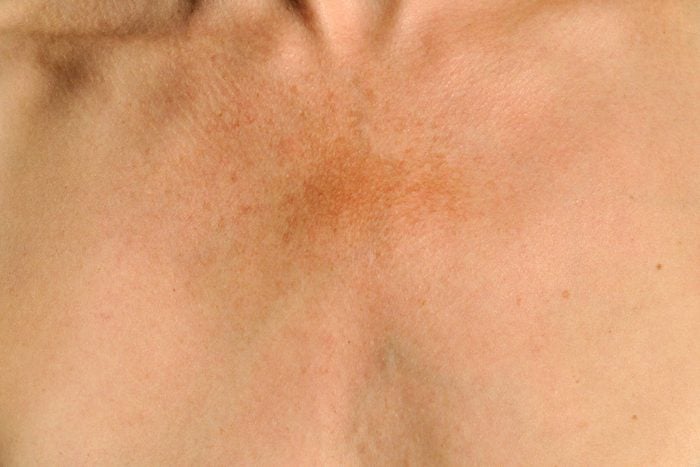
Be realistic about the results you can expect
Treating age spots isn’t a one-off, foolproof fix for everyone. “Results depend on the skin type and natural repair ability of the individual,” Dr. Russak says. “Generally, the brown spots are effectively brightened or completely removed.”
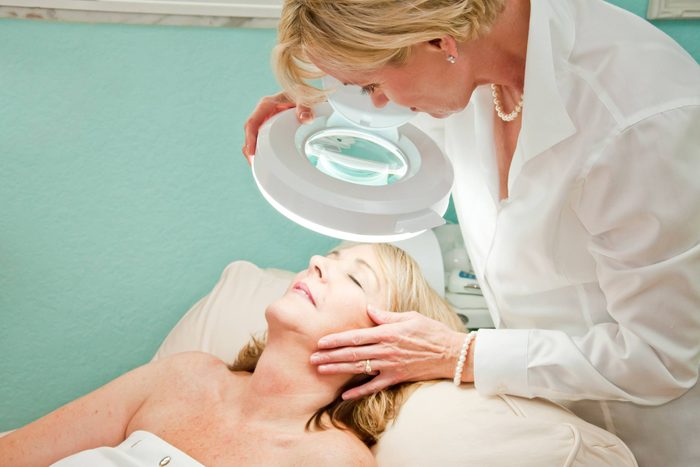
Always ask about potential risks
In many cases, age spots are going to appear on your face, neck, and shoulders, as these areas see the most sun. And as with any treatment occurring on your face, you better be fully aware of what can potentially go wrong. “Patients who are prone to keloid scarring, pregnant, nursing, taking antibiotics, Accutane or have recently had sun exposure (past 2 weeks) would not be Fraxel candidates,” Dr. Robinson says. “Also, I advise patients using Retinols to stop for the 2 weeks leading up to their appointment.” Lastly, if you have ever had/are prone to cold sores, it’s important to let your doctor know as sometimes the laser can trigger an outbreak, she says. Although you’re highly likely to get the results you hope for without any hiccups, it’s important to remember that no age spot treatment is 100 percent risk-free, so proceed with caution. Here’s how to find a doctor you trust.
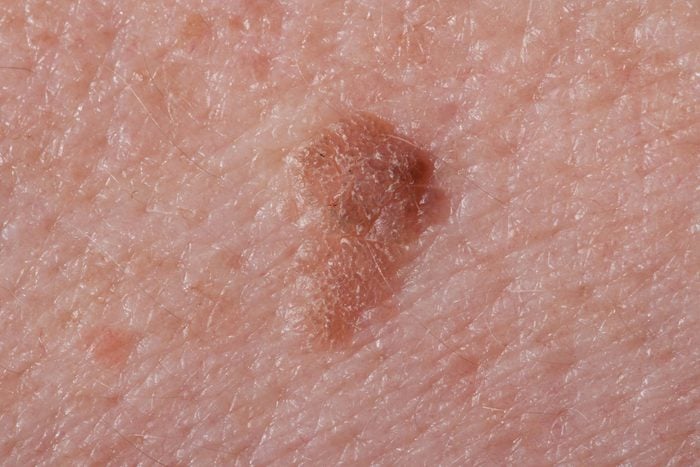
Know that there’s a good chance brown spots may return
Yep, even in the same place and even if you’re vigilant with sun protection. So know that you can reduce their appearance and slow their onset and return, but like smile lines, they may just be one of those badges of honor of a life-well lived!